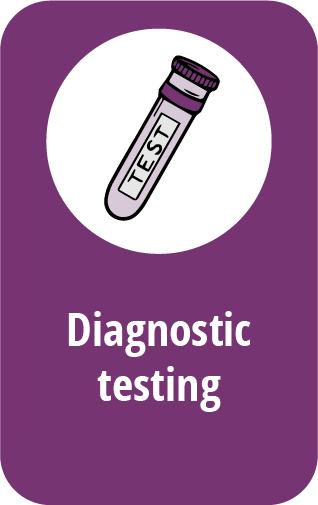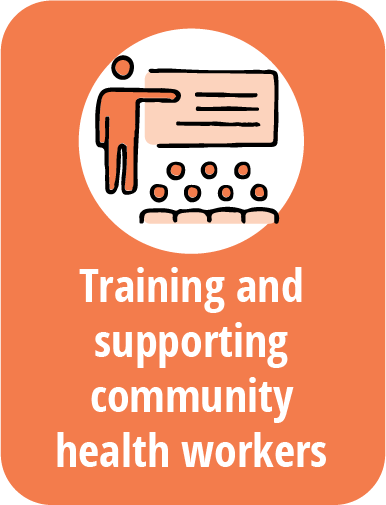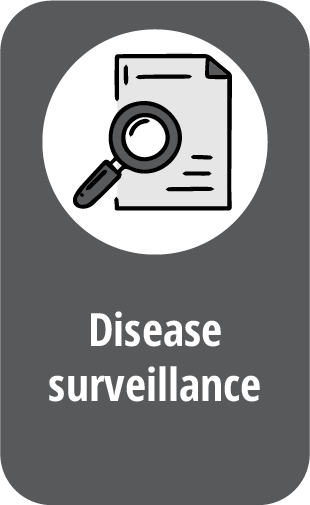The Global Fund partnership has saved 59 million lives
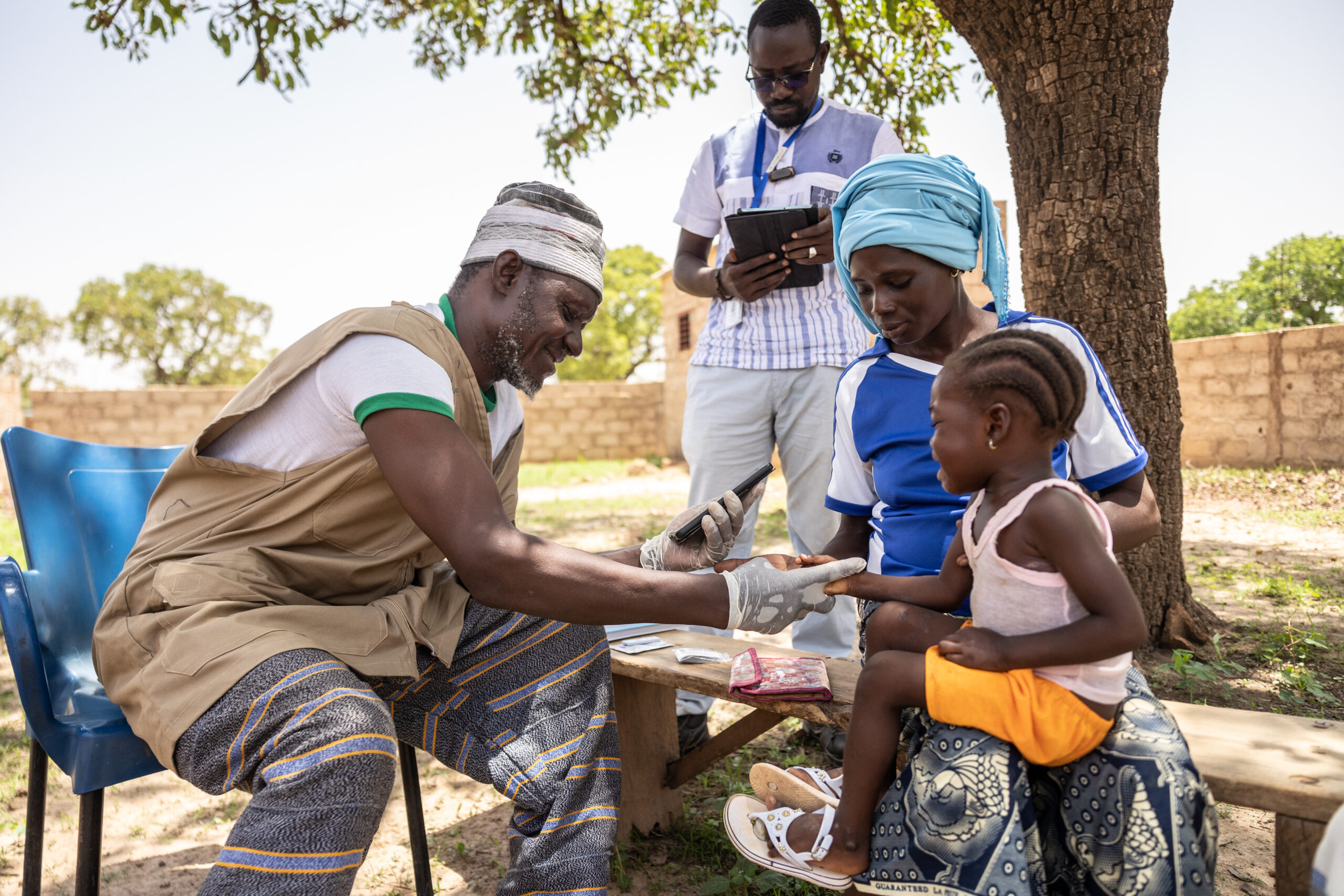
Community health worker Marc Ilboudo uses a mobile application during a consultation with a child in Pousghin, Burkina Faso. The Global Fund/Olympia de Maismont.
decline in combined death rate from AIDS, TB and malaria
Record results:
After COVID-19 setbacks, remarkable acceleration in 2022:
Advances U.S. diplomatic and security interests and keeps Americans safe
Strengthening Health Systems: A third of the Global Fund’s investments go toward building sustainable health systems that not only fight AIDS, TB and malaria, but also prepare for the emergence of new devastating diseases. The Global Fund invests in:
Stabilizing conflict zones: The Global Fund has disbursed $15 billion in challenging operating environments. U.S. investments in health can promote stability, mitigate extremism and avoid costly longer-term military interventions.
Countries that received support from the Global Fund were “associated with improved control of corruption, government accountability, political freedoms, regulatory quality and rule of law.”
Nimble and cost-effective
The Global Fund only spends 5.1% of donor contributions on operating expenses.

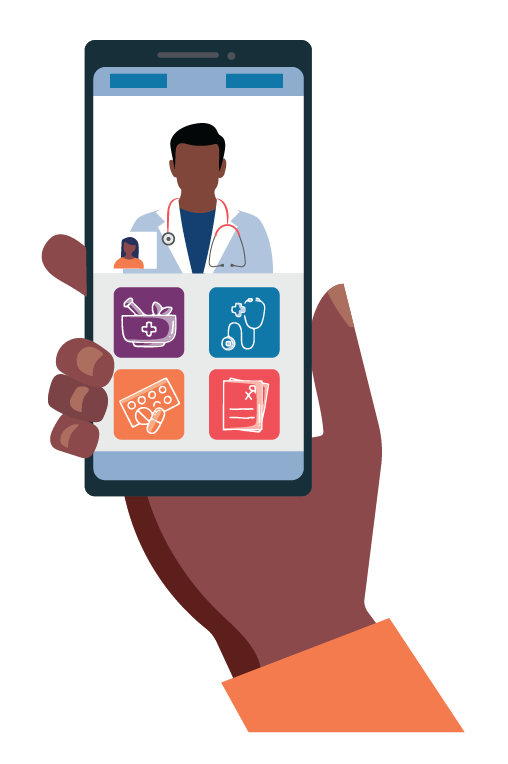
Invests in innovation
Technology and innovation strengthen disease surveillance, transform testing and diagnosis and revolutionize treatment.
The Global Fund invests more than US$150 million every year in innovative digital health systems in countries around the world.
In Rwanda, health workers can access electronic patient data, updated records and the latest information on treatment and diagnosis at their fingertips.

Broad, bipartisan U.S. support
A majority of voters (82%) think it is important for the United States to lead efforts in global health. Additionally, a bipartisan majority of voters support the United States continuing its commitment to the global AIDS response.
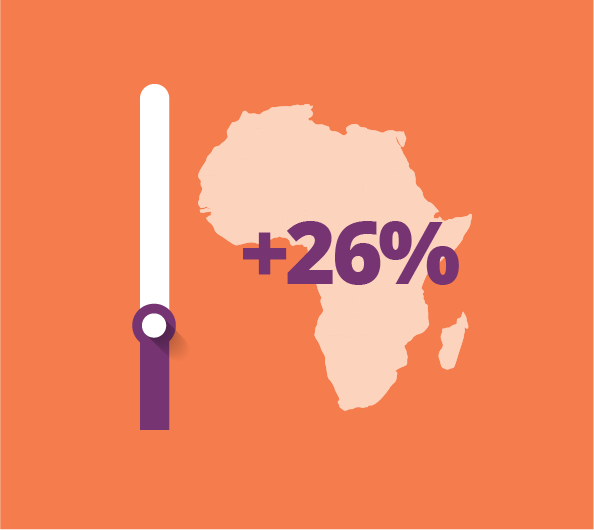
There has been a 26% increase in life expectancy, from 52 years to 66 years, in 15 sub-Saharan African countries since 2002 because fewer people are dying from AIDS, TB and malaria.

It is a geopolitical imperative to not lose U.S. presence and popularity on the continent of Africa, which will be the proving ground of freedom and democracy as China and Russia seek to dominate what will become 2 billion people by 2050. So it’s a smart strategy, as well as compassionate conservatism.
– Rep. Michael McCaul (R-TX)
Despite incredible progress, serious challenges remain
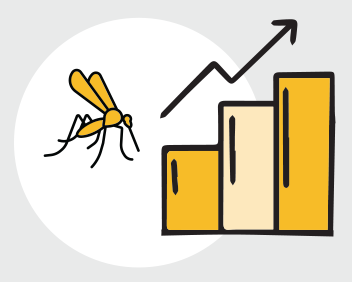
Malaria cases and deaths are on the rise, curtailing years of progress in the fight against the disease.
TB kills someone approximately every 20 seconds.
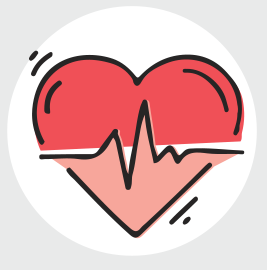
One person dies from an AIDS-related cause every minute.

Malaria cases and deaths are on the rise, curtailing years of progress in the fight against the disease.
Mosquitoes are becoming more prevalent in new geographical areas and surviving for longer seasons, making the spread of the deadly disease harder to contain.
Extreme weather events are causing dramatic upsurges in malaria infections, from Malawi all the way to Pakistan.
There is also increasing resistance to commonly used insecticides and anti-malaria drugs.
TB kills someone approximately every 20 seconds.
A total of 1.3 million people died from TB in 2022.
Multidrug-resistant TB (MDR-TB) remains a public health crisis.
The lack of equitable access to treatment also continues to be a challenge.

One person dies from an AIDS-related cause every minute.
HIV continues to affect every region of the world, with 39 million people living with the virus in 2022.
AIDS-related illnesses remain the leading cause of death among women (aged 15-49) in Africa. Gender inequalities and societal norms increase the vulnerability of women and girls to HIV infection, particularly across Africa.
U.S. leadership is critical to saving millions of lives and inspiring other donors
In 2022, the U.S. hosted a global fundraising event for the Global Fund and pledged $6 billion for three years, which encouraged the majority of G7 leaders to also increase their investments in the Global Fund by about 30%. In 2025, the Global Fund will hold its next three-year fundraising event.
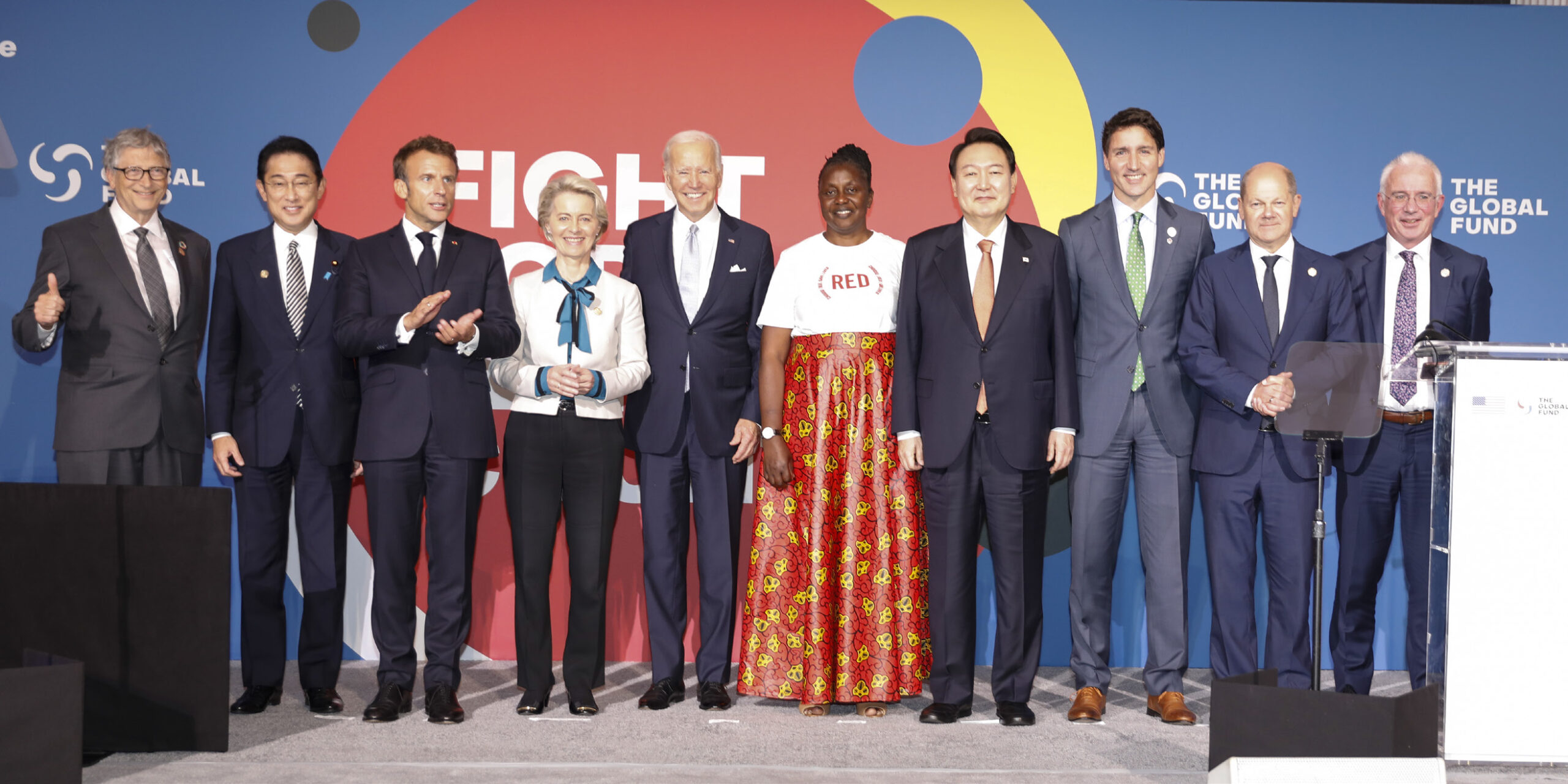
Speakers from the Presidential session of the Global Fund partnership’s Seventh Replenishment Conference pose together in New York City. The Global Fund/Tim Knox.

